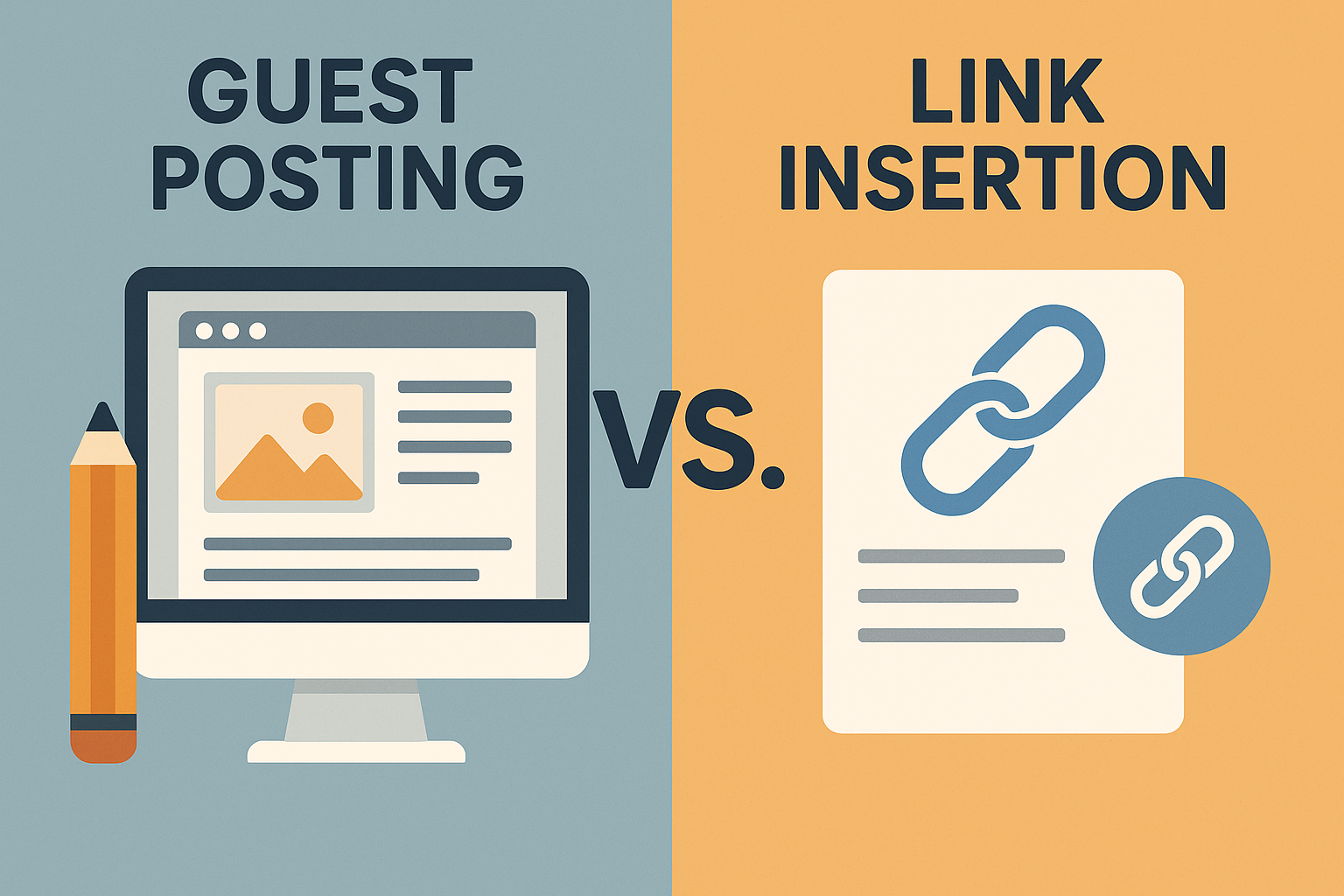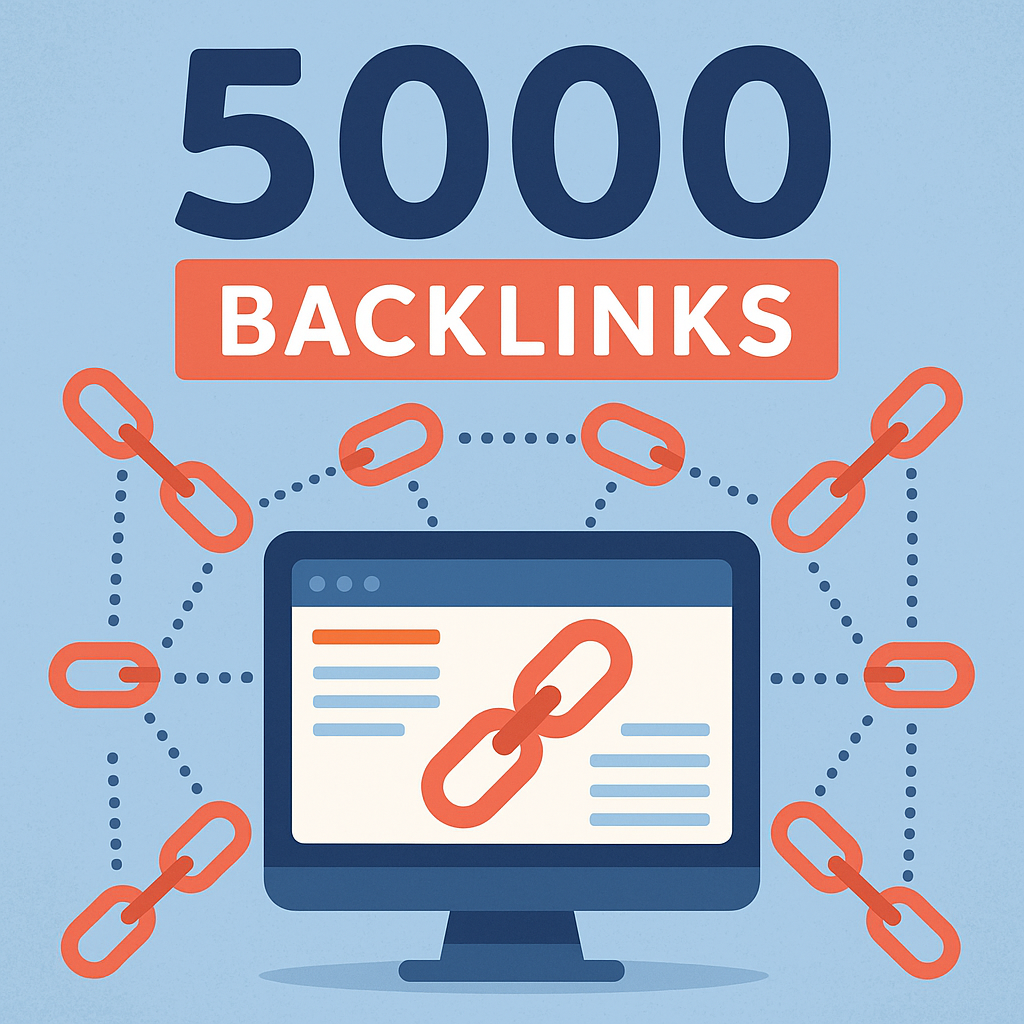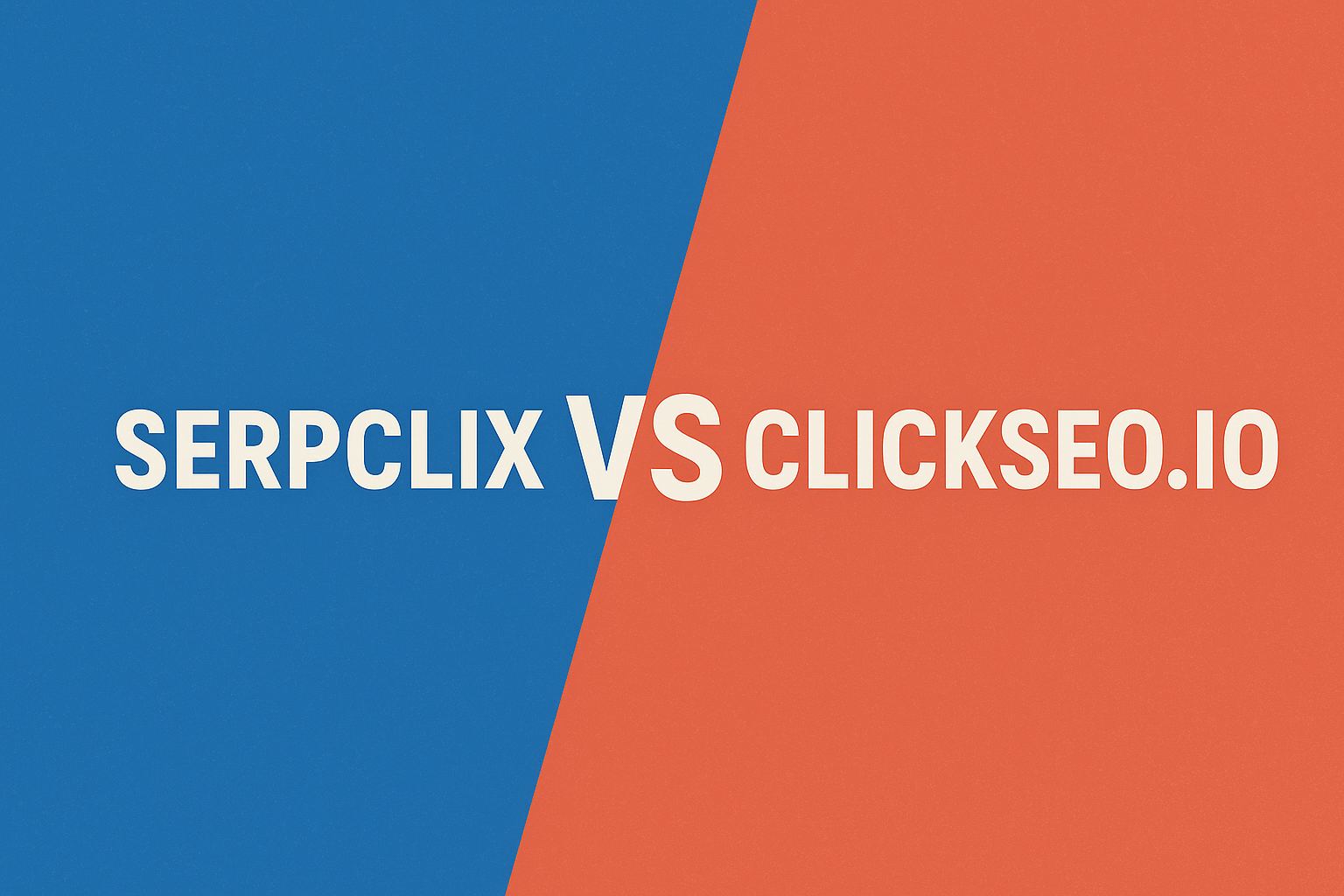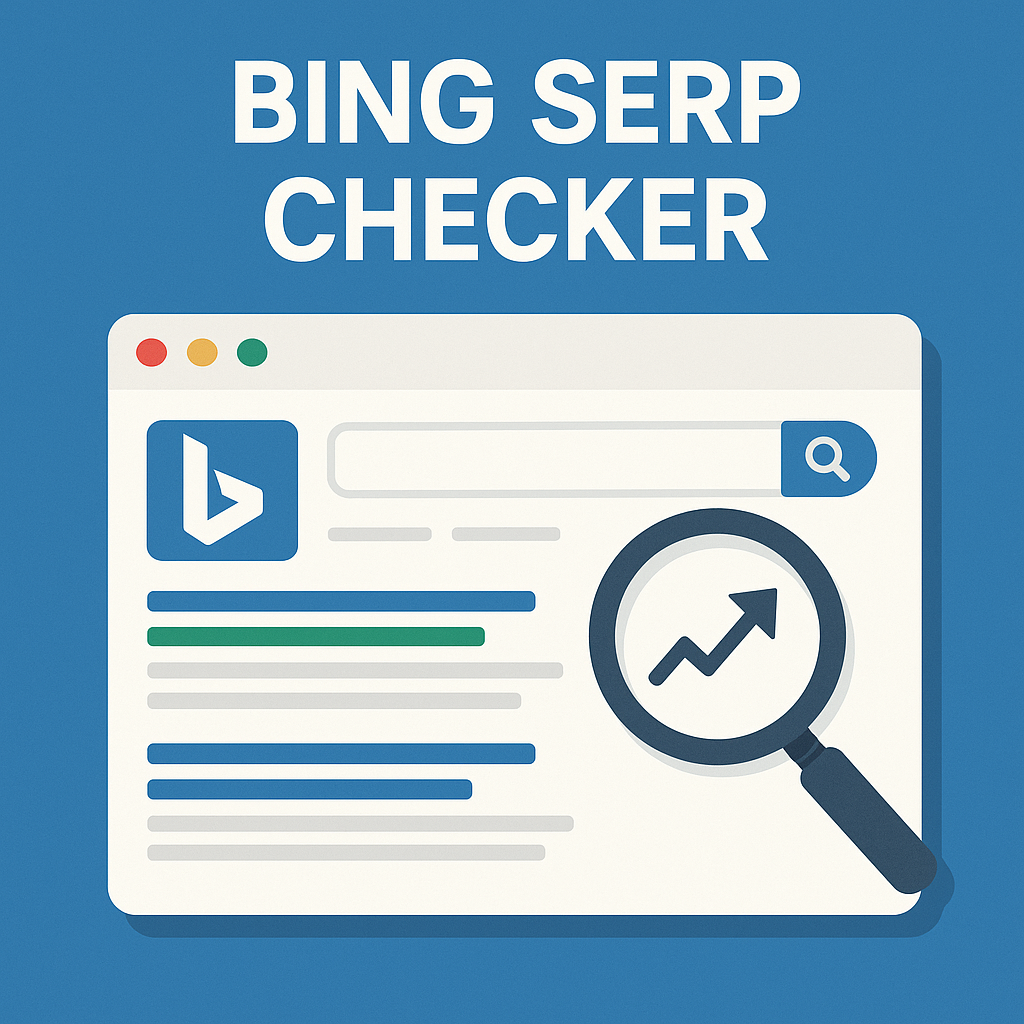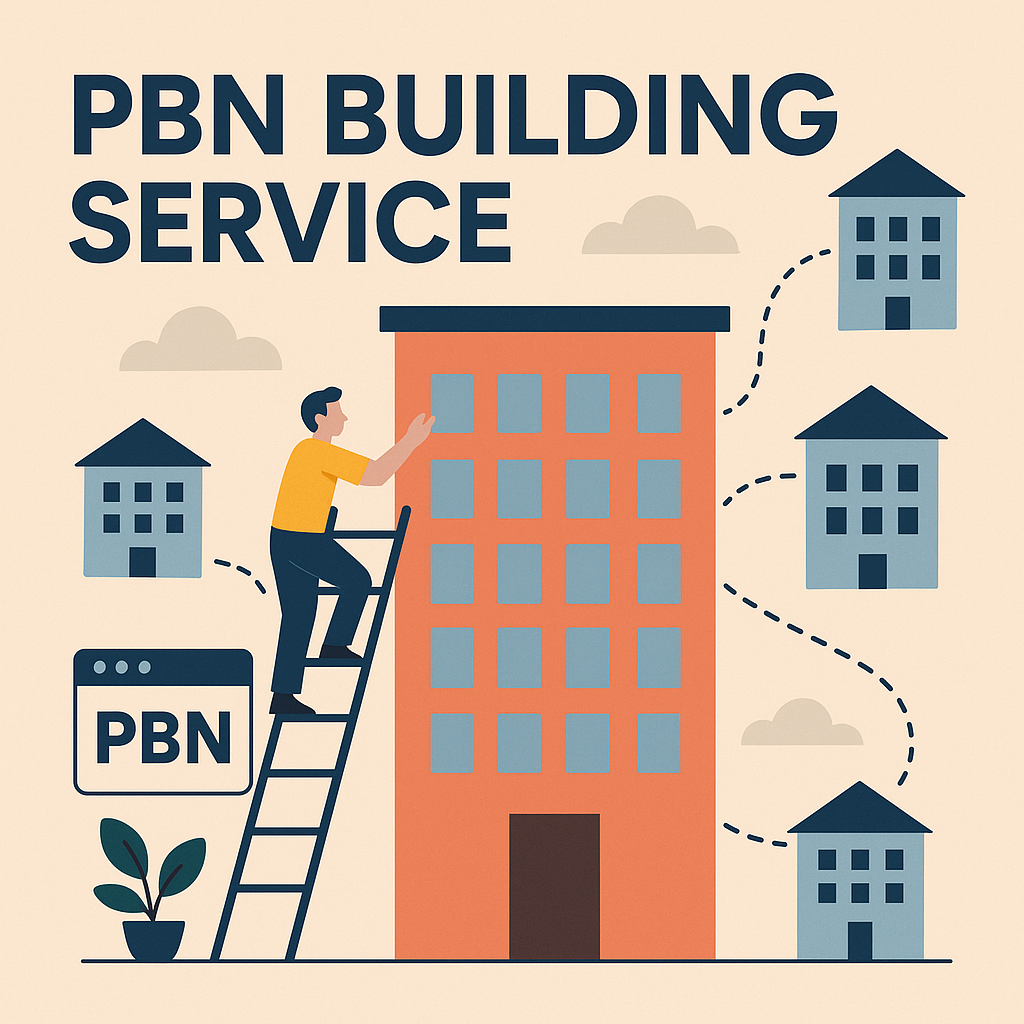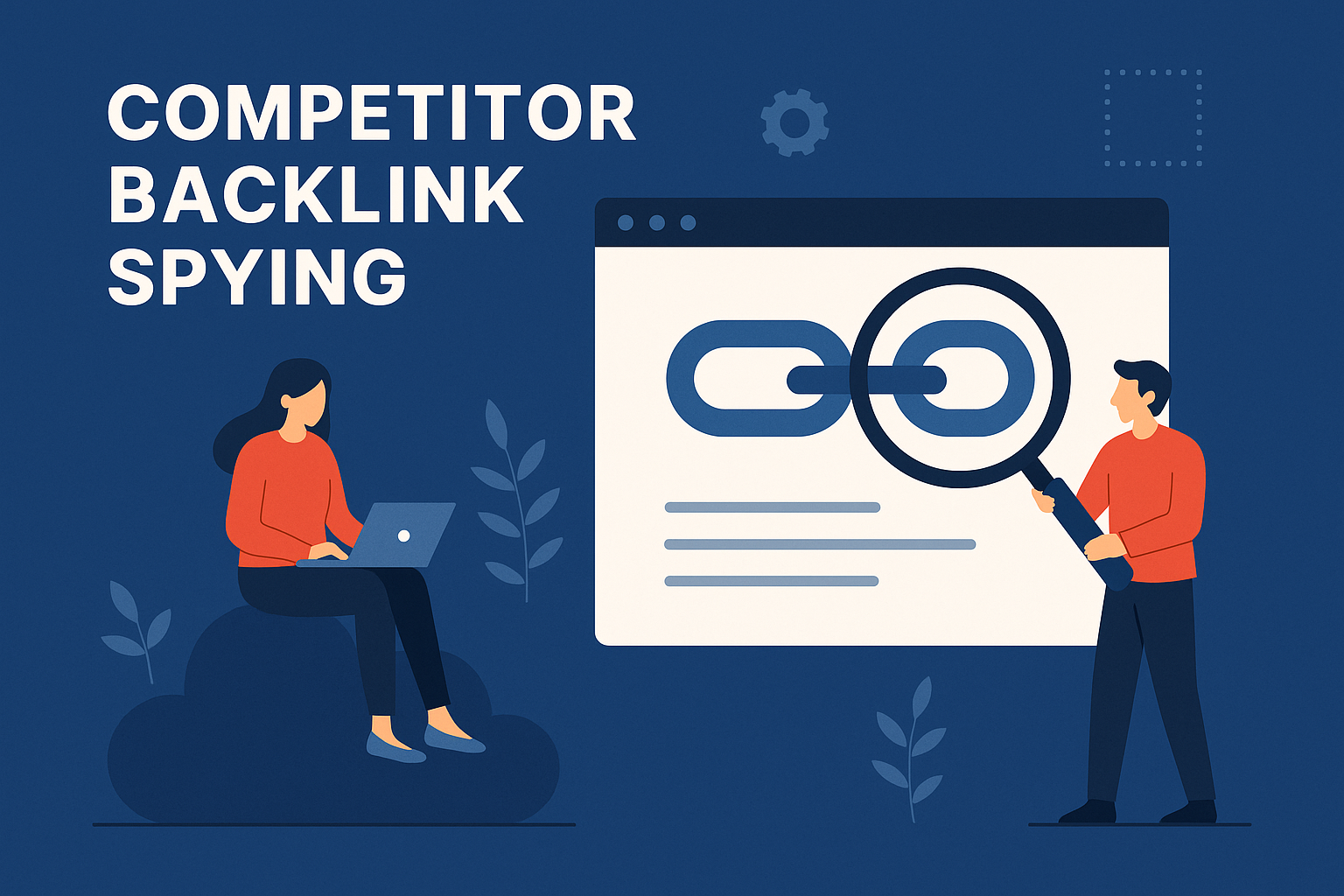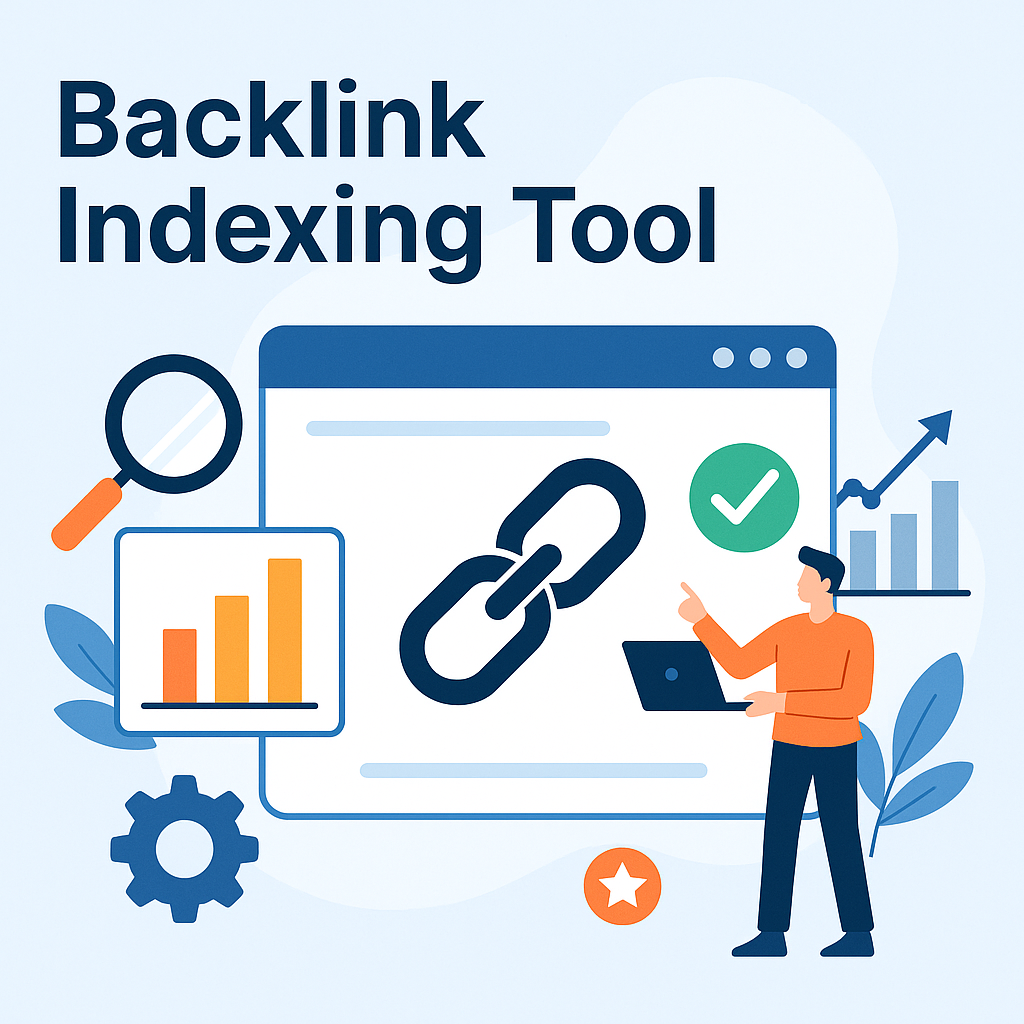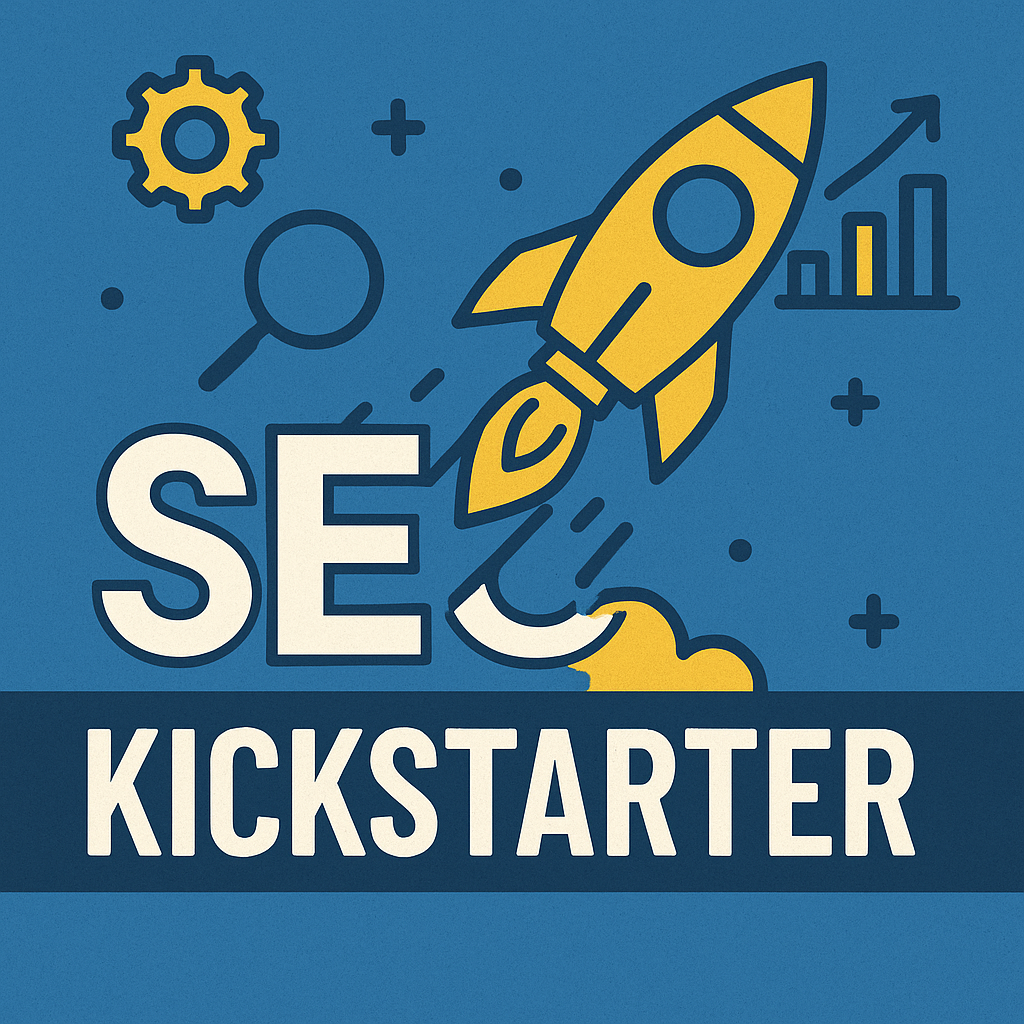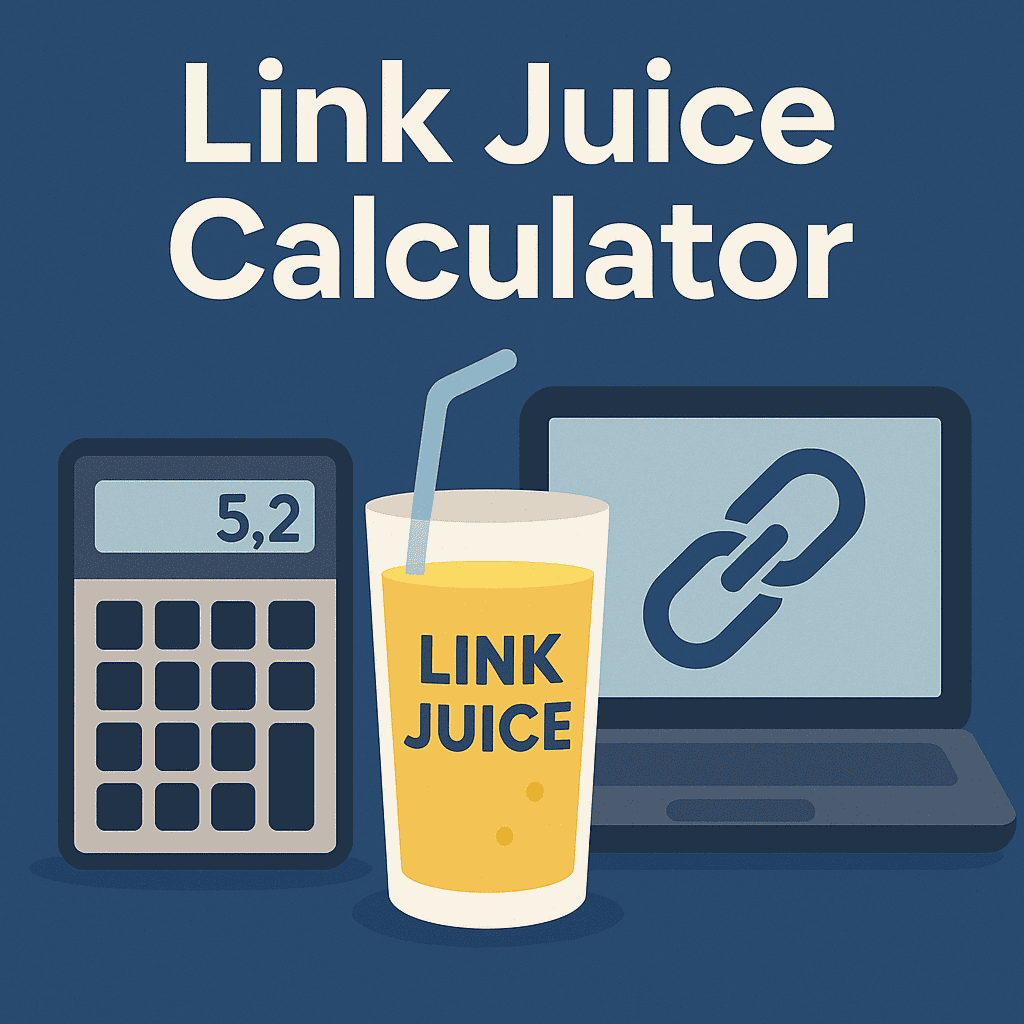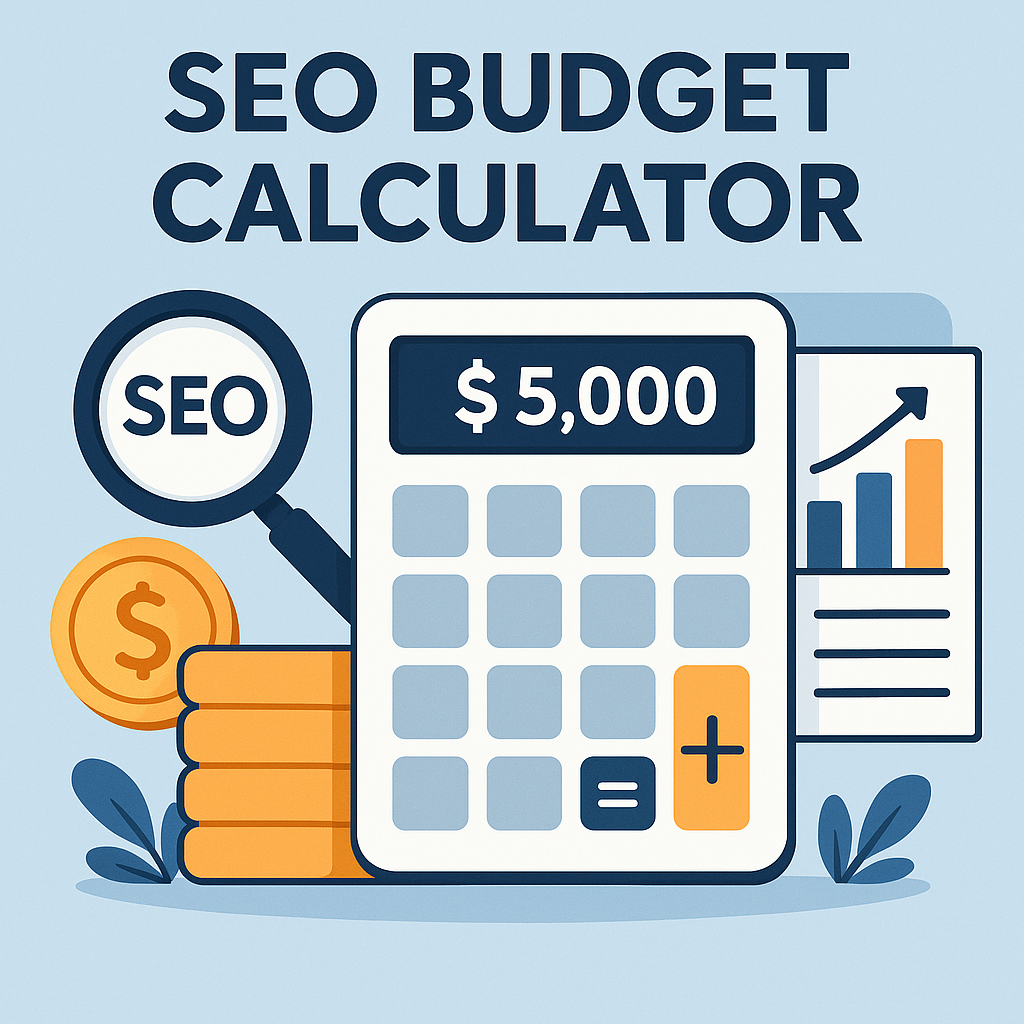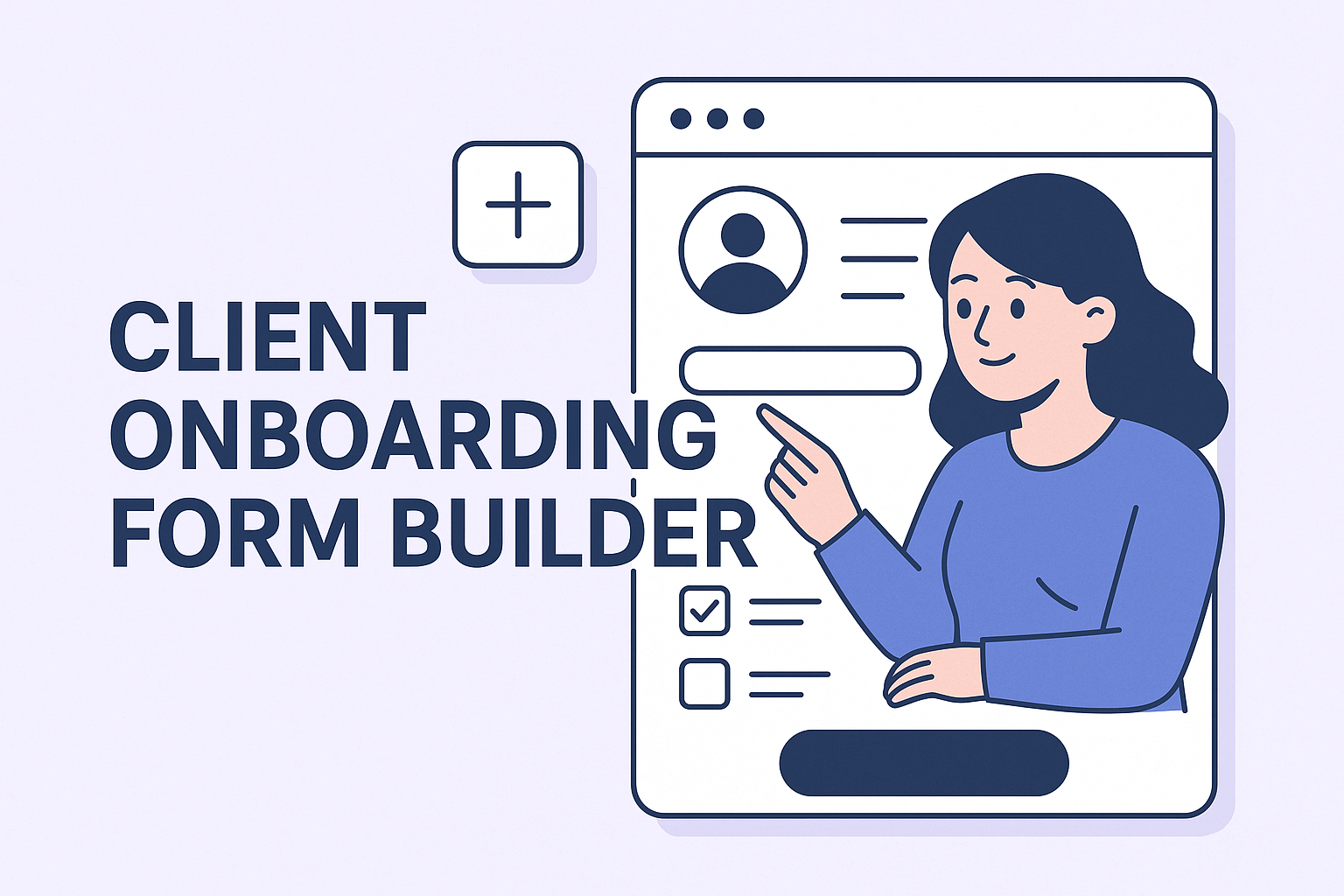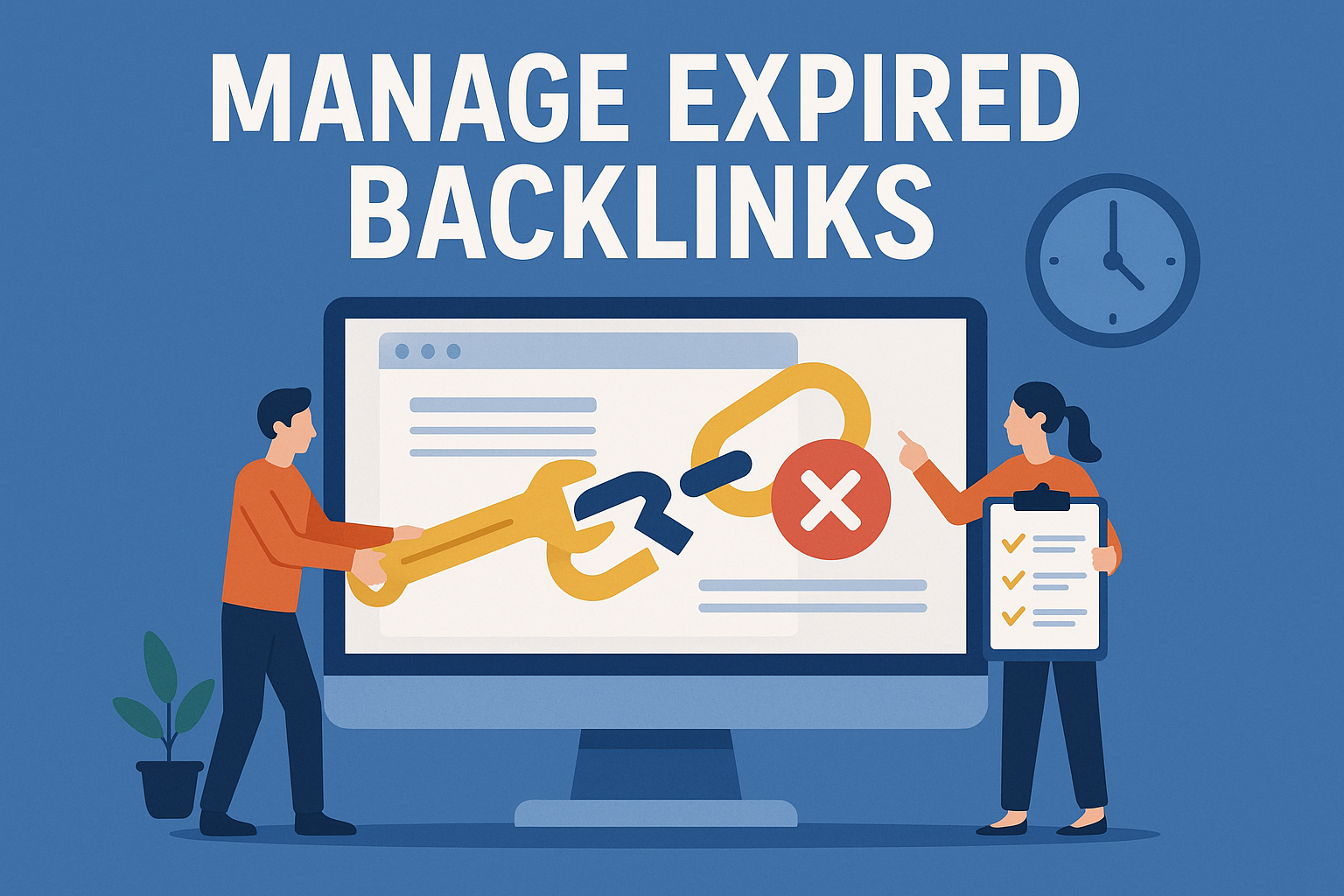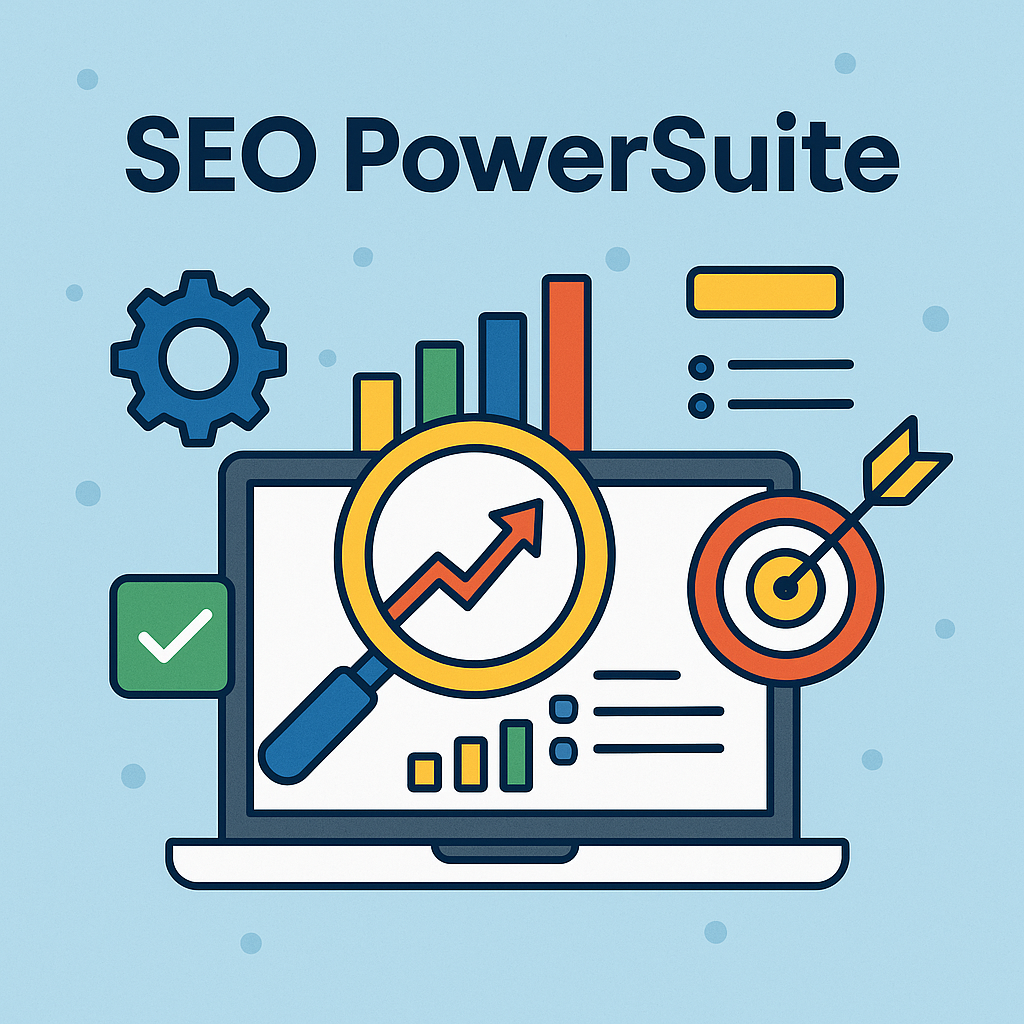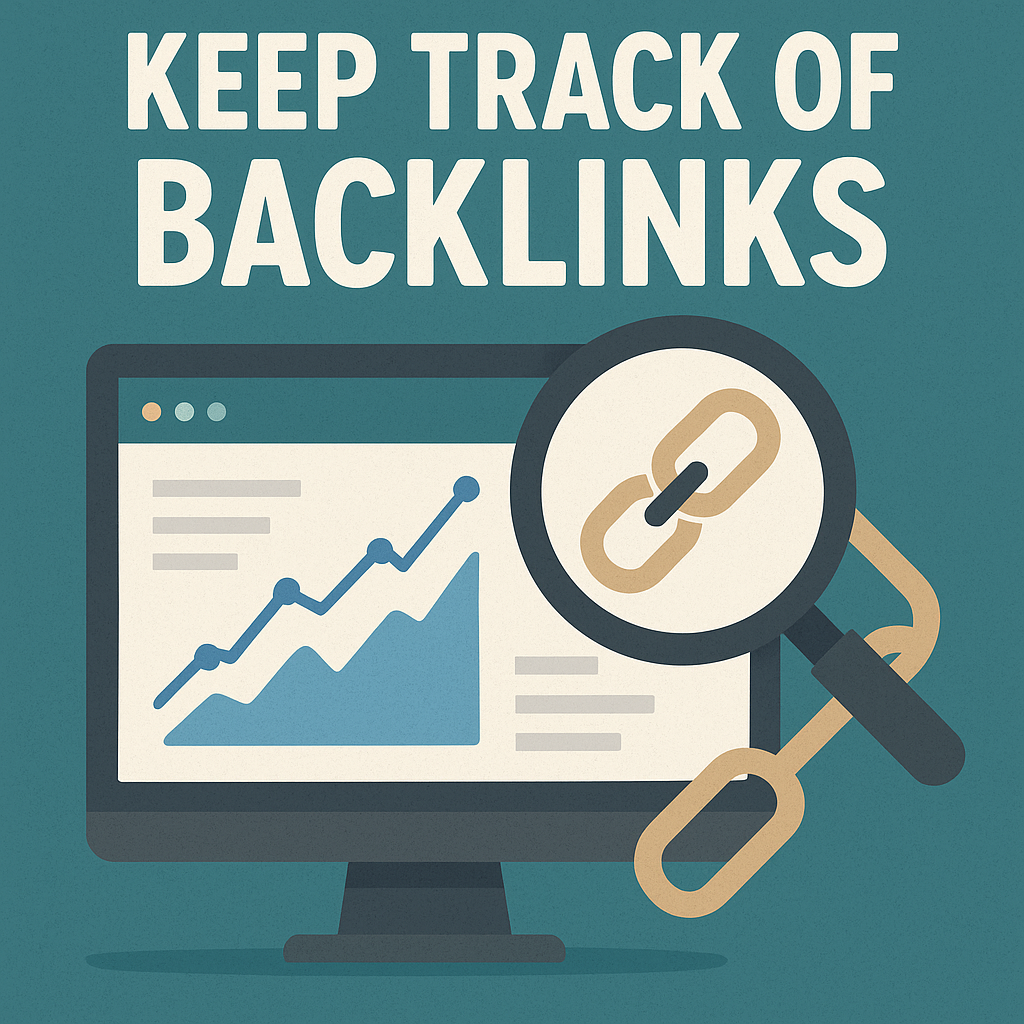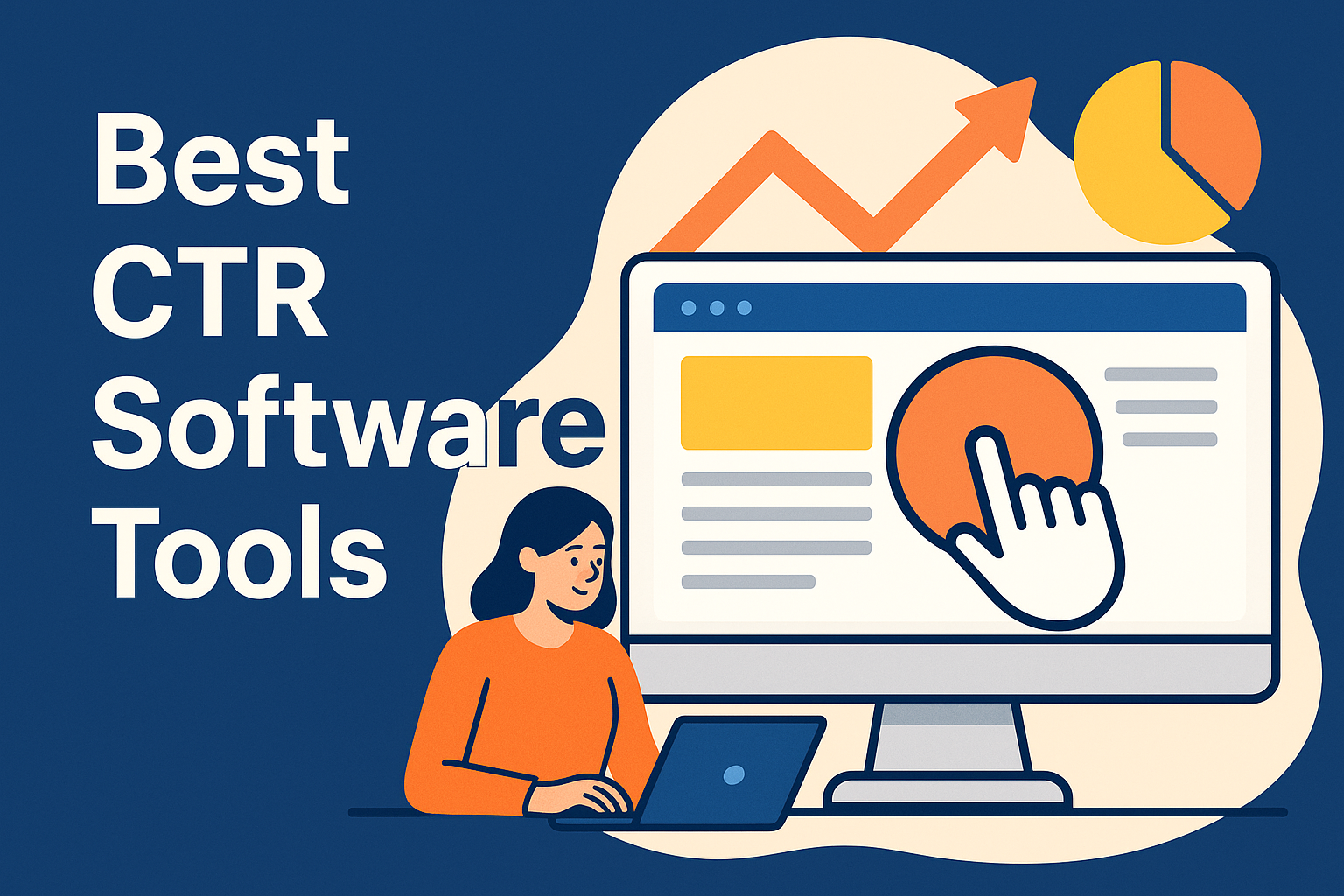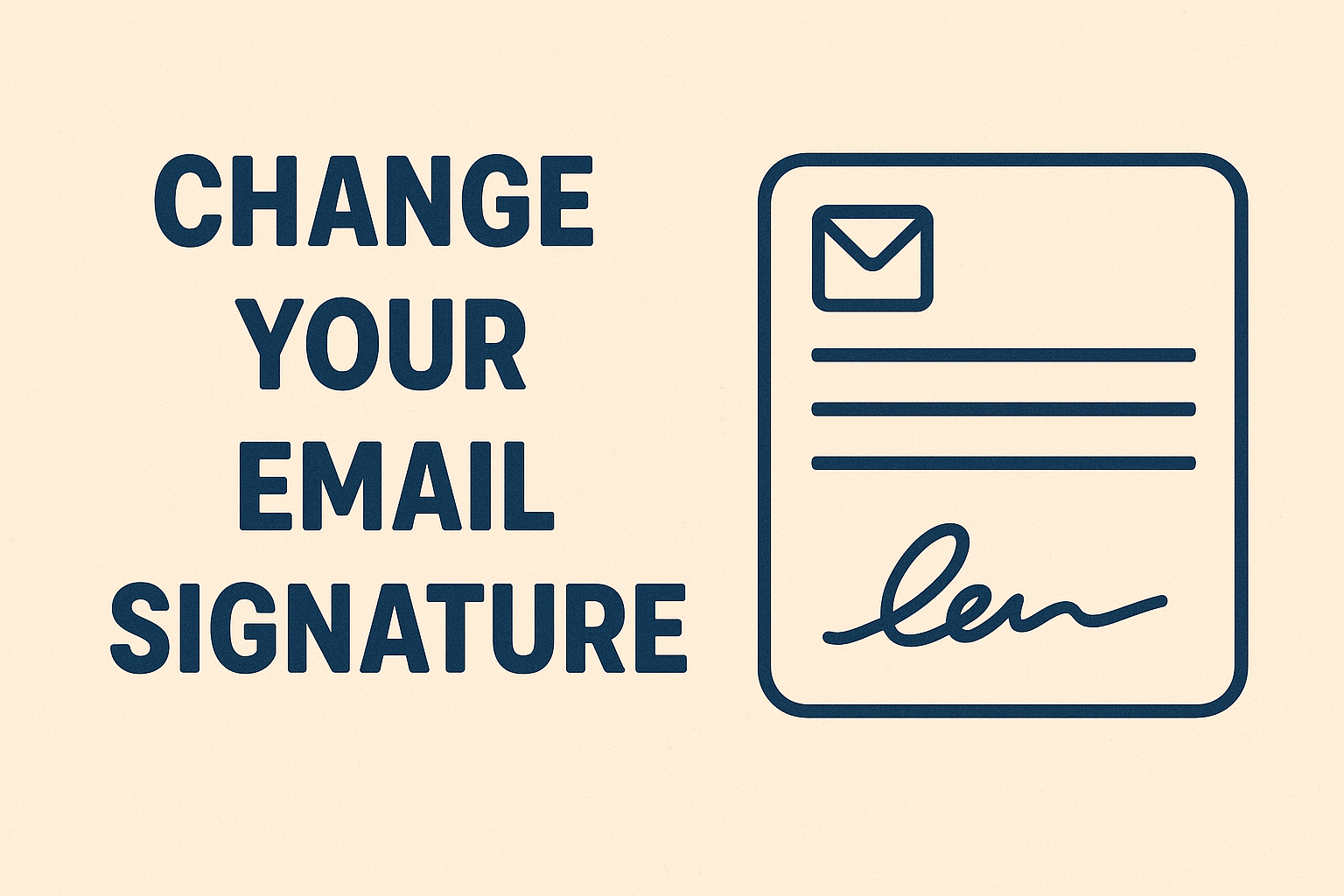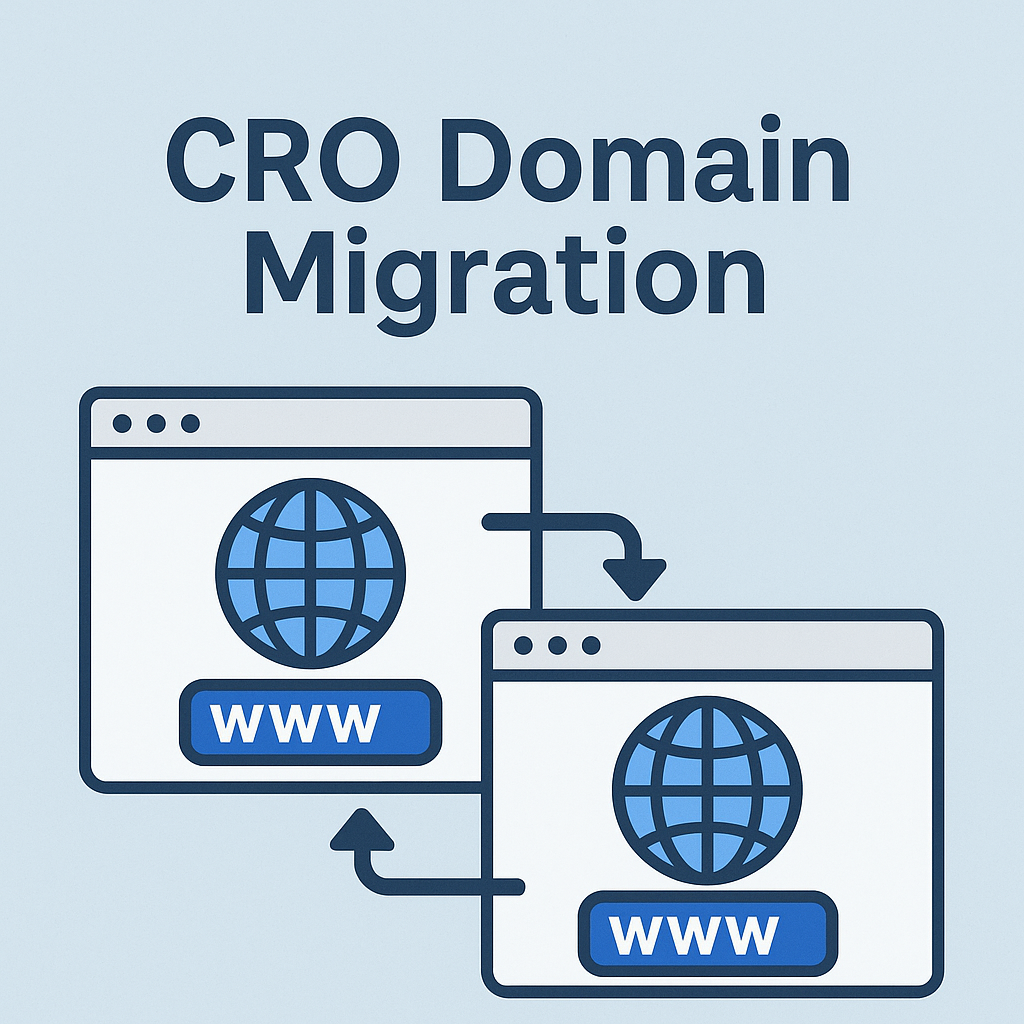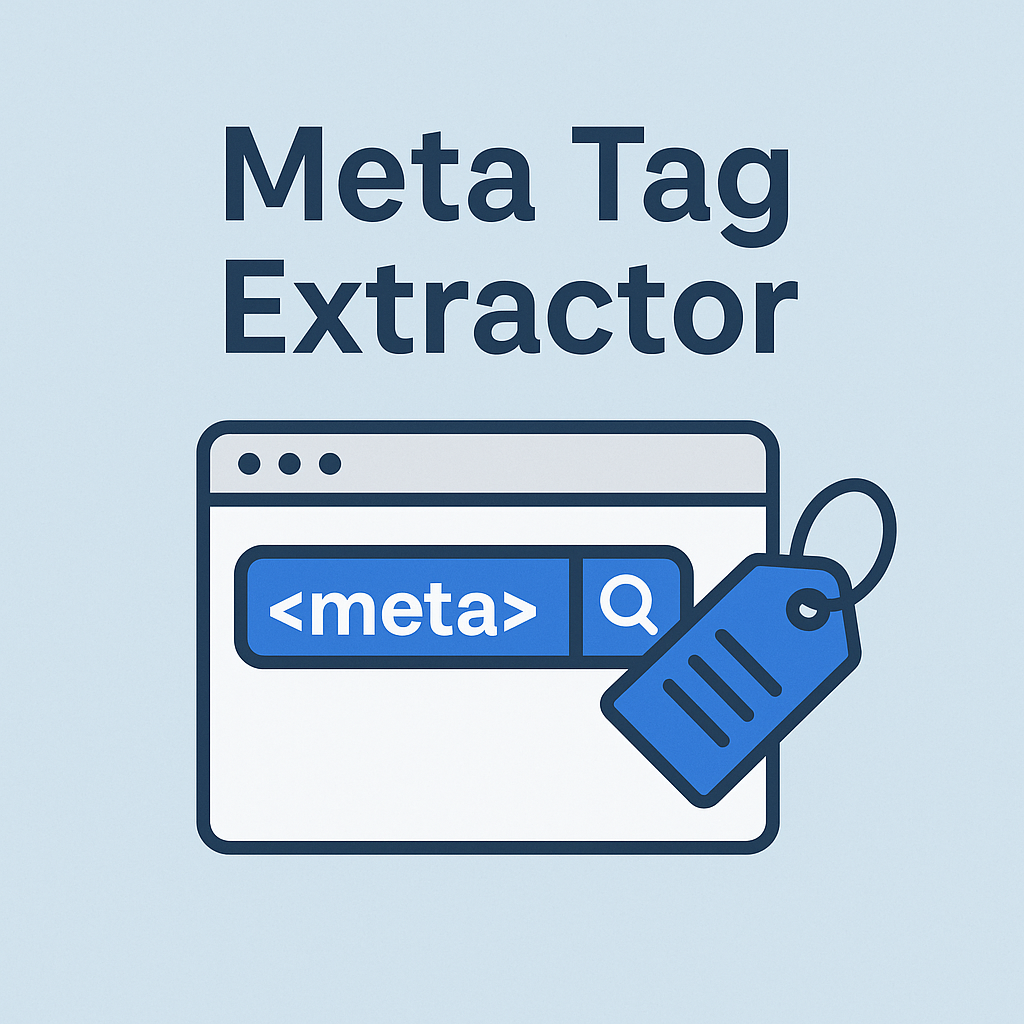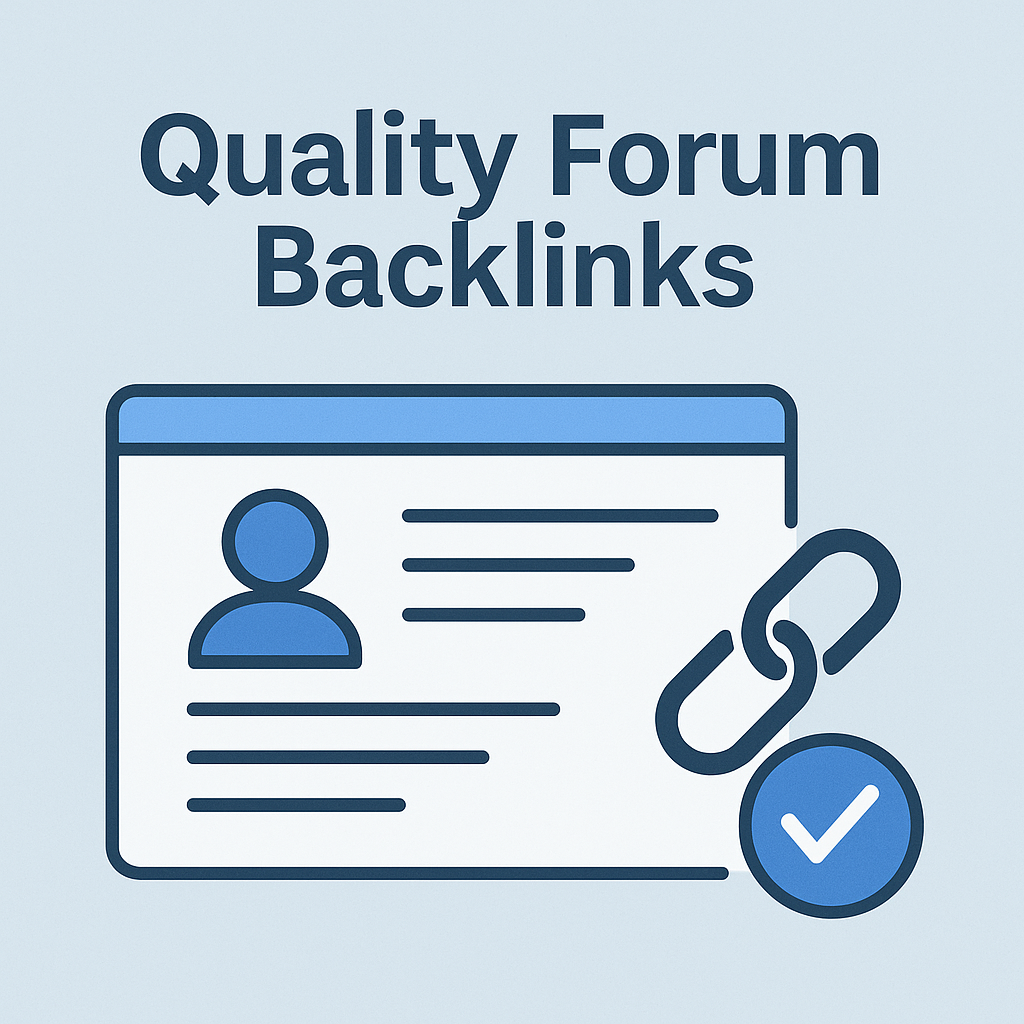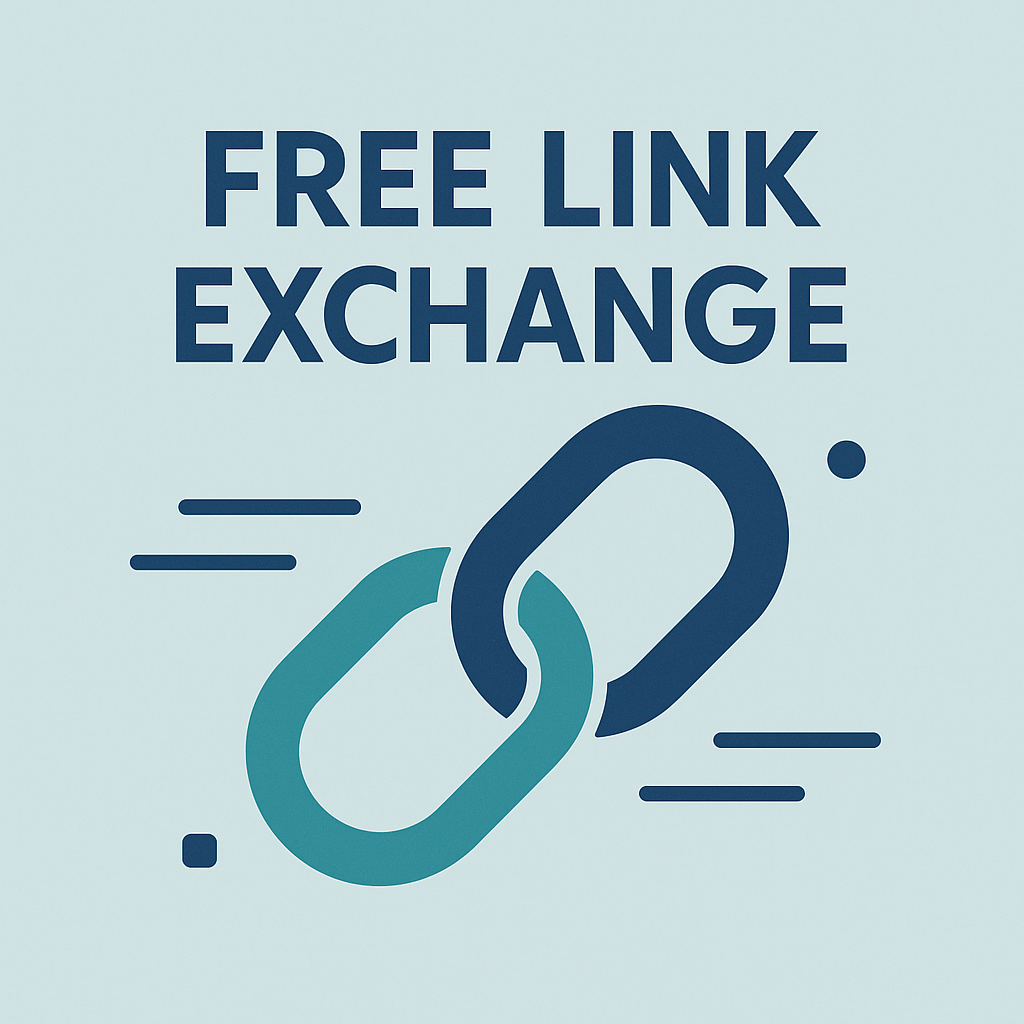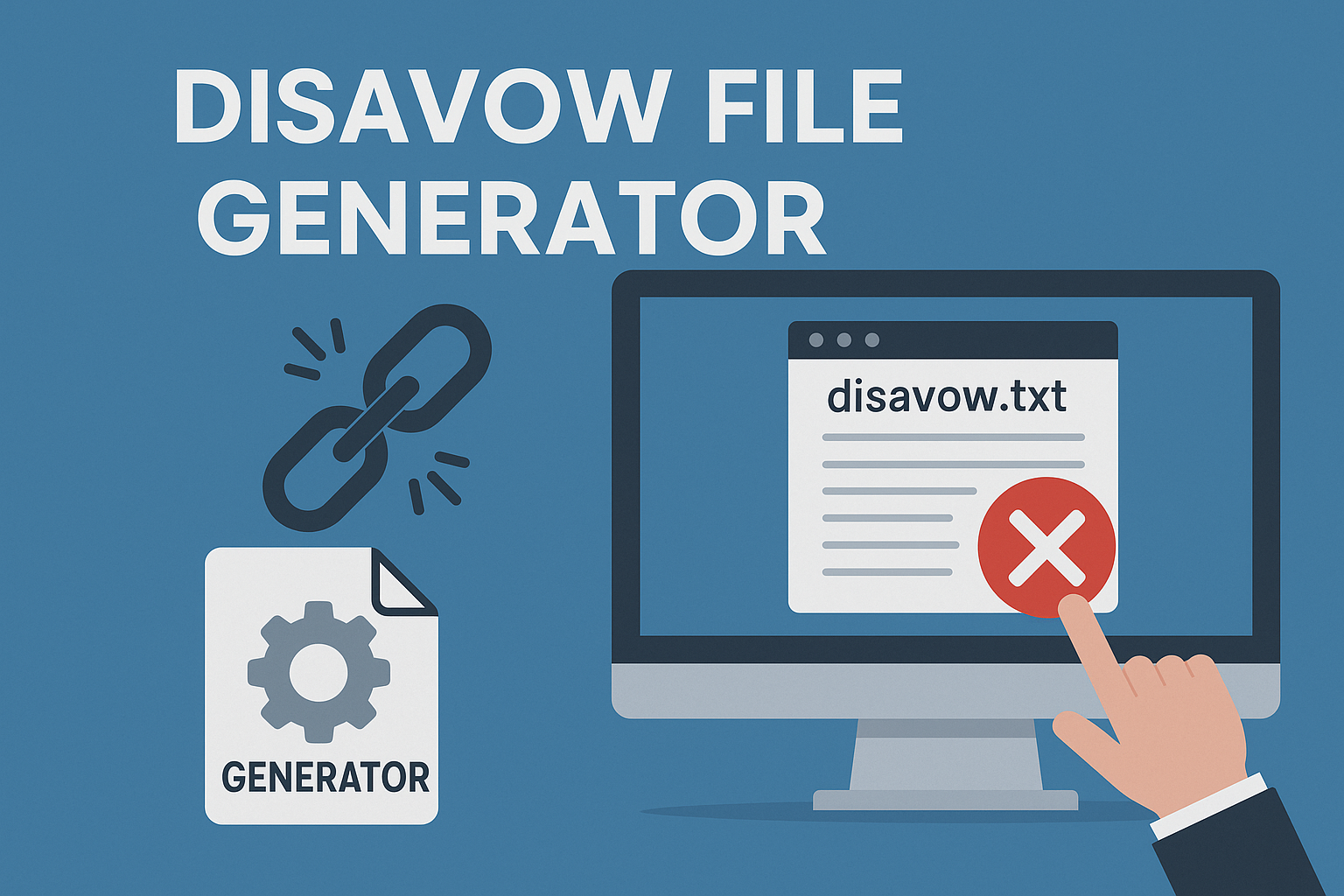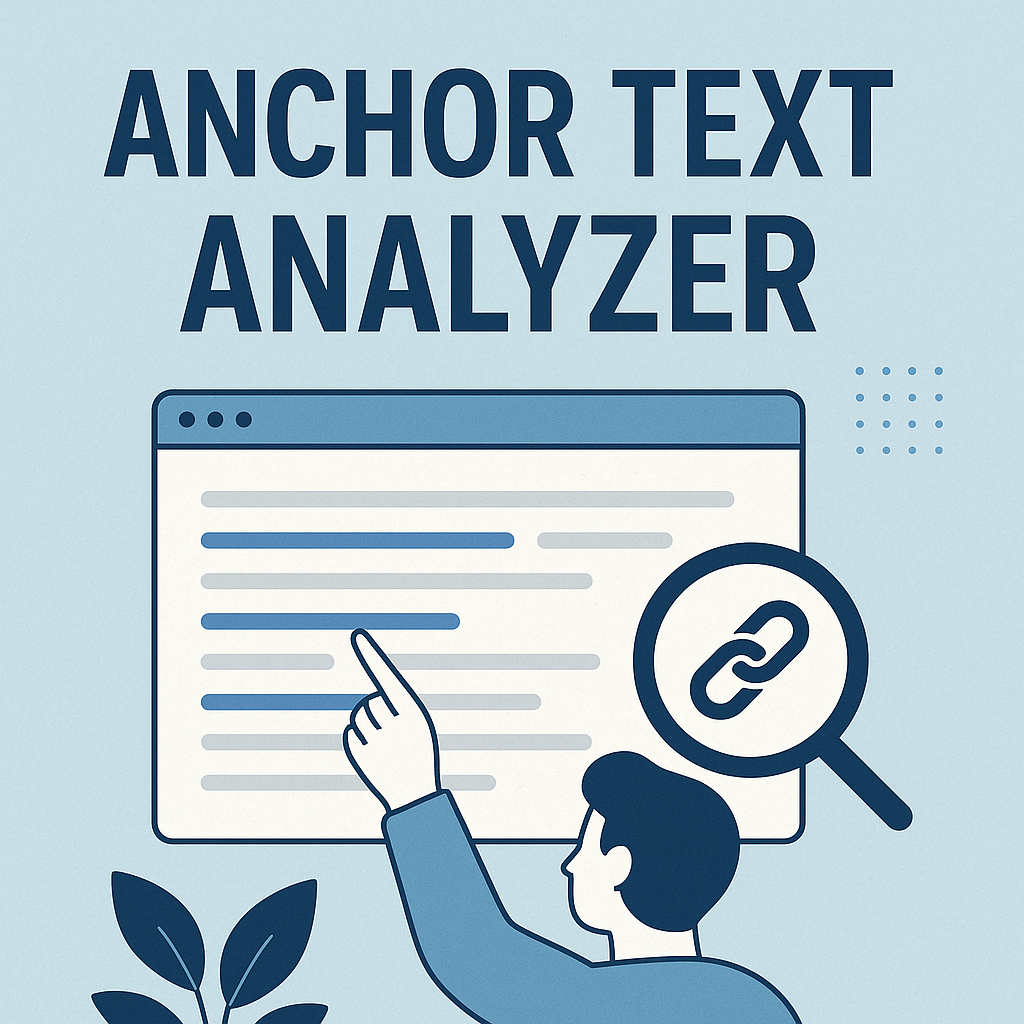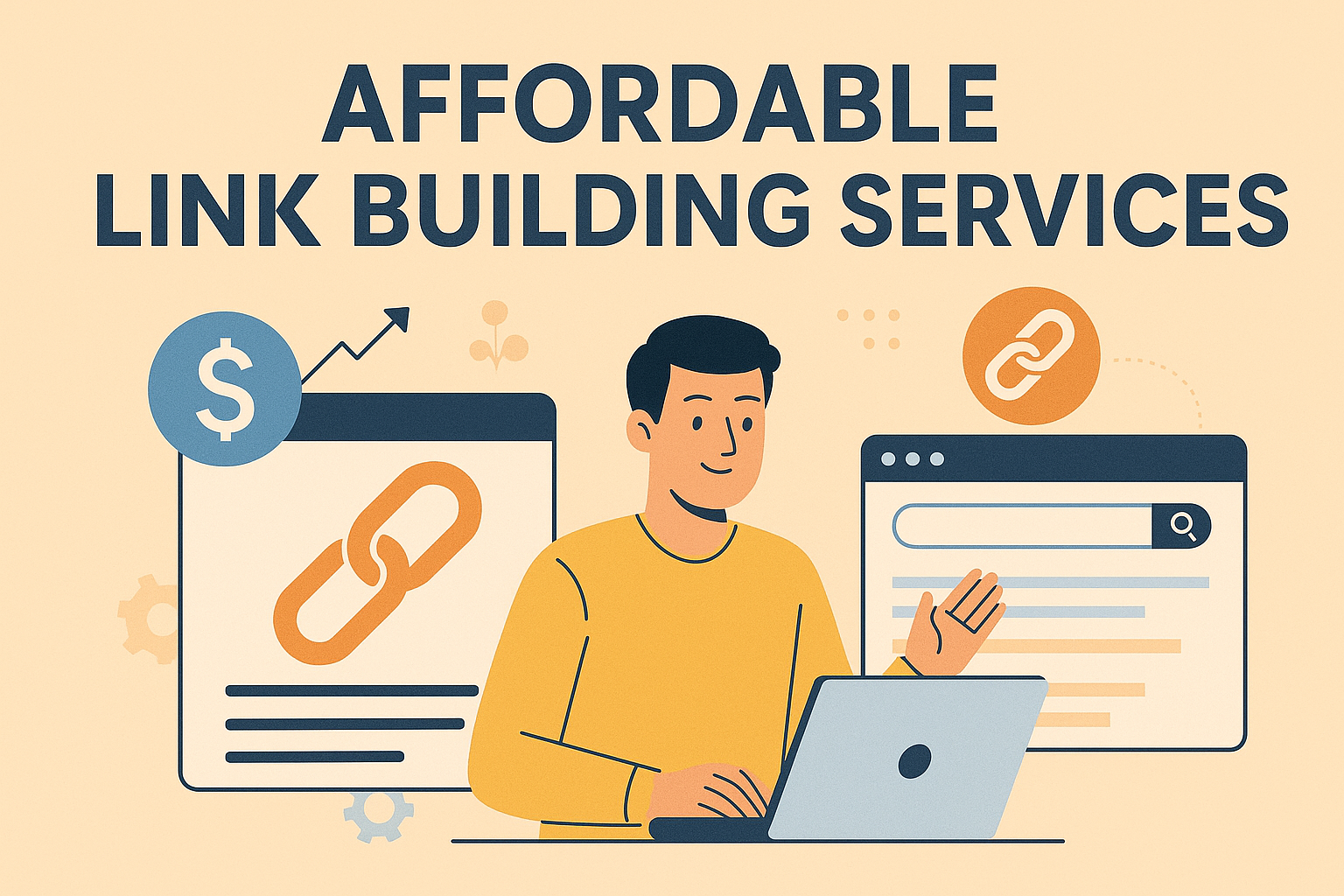Strong link-building strategies are the backbone of modern SEO success. For agencies managing multiple clients, staying ahead means leveraging the right tools to monitor, analyze, and optimize digital campaigns. This guide dives into how advanced link analysis can elevate your strategies, saving time while delivering measurable results.
You’ll discover best practices for identifying high-quality links, comparing industry leaders like Semrush and Ahrefs, and implementing actionable insights tailored for team workflows. Whether refining outreach tactics or auditing existing partnerships, these strategies help agencies maintain competitive edges for their clients’ websites.
We’ll break down essential features like automated reporting, competitor benchmarking, and real-time alerts. These capabilities simplify scaling efforts while ensuring every decision aligns with broader SEO goals. Plus, learn how to prioritize metrics that matter most—from domain authority to traffic potential.
By the end, you’ll have a clear roadmap to maximize efficiency and ROI. Let’s explore how smarter tracking transforms complex data into opportunities for growth.
Key Takeaways
- Advanced link analysis boosts SEO performance by identifying high-impact opportunities.
- Top tools offer features like automated reports and competitor benchmarking.
- Comparing platforms like Semrush and Ahrefs helps agencies choose the best fit.
- Actionable insights streamline workflows for teams managing multiple clients.
- Real-time alerts ensure quick responses to changes in link quality or availability.
Introduction to Backlink Tracking for Agencies
Effective SEO strategies rely heavily on understanding and managing incoming links. For agencies, this means prioritizing quality over quantity—every connection should contribute to a site’s credibility and visibility.
Understanding the Importance of Link Monitoring
Regularly checking external links helps teams spot trends, risks, and opportunities. High-quality links from trusted sources boost domain authority, signaling to search engines that your content is valuable. Without consistent analysis, harmful or irrelevant connections could slip through, dragging down rankings.
Modern platforms automate this process, scanning thousands of links daily. They flag changes—like new partnerships or broken paths—so agencies can act fast. For example:
- Identifying toxic links before they harm a site’s reputation
- Spotting unexpected drops in high-performing connections
- Discovering fresh opportunities from rising industry voices
How Quality Links Shape SEO Success
Not all links are equal. A single authoritative source can drive more traffic than dozens of low-tier sites. Search algorithms reward pages with diverse, relevant connections, making link building a cornerstone of sustainable growth.
Tools simplify this by grading links based on metrics like traffic potential and editorial value. Agencies use these insights to refine outreach, focusing efforts on partnerships that deliver measurable results. Upcoming sections will explore critical features and metrics to prioritize in these platforms.
Understanding Backlink Monitoring and Its Value
Staying ahead in SEO requires more than just collecting links—it demands vigilant oversight. Modern campaigns thrive on data-driven decisions, where every connection is scrutinized for its impact. This is where advanced monitoring systems shine, turning raw information into actionable strategies.
The Power of Instant Notifications
Real-time alert systems act like digital watchdogs for your link profile. Sophisticated software crawls websites 24/7, detecting changes the moment they happen. Imagine receiving a ping when a high-authority site links to your content—or when a trusted partner removes your connection.
These alerts empower teams to:
- Address toxic links before they damage rankings
- Capitalize on new opportunities within hours
- Spot sudden drops in referral traffic sources
| Feature | Benefit |
|---|---|
| Hourly scans | Catch issues faster than weekly checks |
| Custom thresholds | Get alerts only for meaningful changes |
| Multi-platform integration | Sync data with existing SEO workflows |
By merging quality metrics with instant updates, agencies refine their approach daily. They’re no longer guessing which links matter—the insights guide every move. This proactive stance turns potential crises into wins, keeping clients’ profiles healthy and competitive.
Key Metrics for Evaluating Backlinks
Not all links boost rankings equally. To separate winners from duds, focus on metrics that reveal a site’s true influence. These numbers act like X-ray vision—exposing hidden strengths or weaknesses in your strategy.
Domain Authority and Citation Flow
Domain Authority (DA) scores, like Moz’s 100-point scale, predict how well a site ranks. Higher scores mean stronger potential. Citation Flow, from Majestic, measures how many sites link to a page. But quantity isn’t everything—Majestic’s Trust Flow grades link quality based on editorial standards.
Imagine DA as a popularity contest and Trust Flow as a credibility check. Together, they show if a link partner is both influential and reliable.
Anchor Text and Link Quality
Anchor text—the clickable words in a hyperlink—tells search engines what a page is about. Natural phrases like “sustainable fashion tips” work better than generic “click here” links. Over-optimized text can trigger penalties, so balance is key.
Smart analysis combines these metrics. For example:
- A high DA site with relevant anchor text = golden opportunity
- High Citation Flow but low Trust Flow = proceed with caution
By weighing these factors, teams prioritize links that drive real results. This data-driven approach consistently outperforms guesswork in search rankings.
Features of Top Backlink Tracking Tools
Modern platforms transform complex data into clear paths for growth. Leading solutions combine powerful automation with intuitive design, letting teams focus on strategy rather than spreadsheets. Let’s explore what sets these systems apart.
Automation and Reporting Capabilities
Top-tier software handles repetitive tasks like audits and outreach follow-ups. Semrush, for example, auto-generates reports showing new links and lost connections. This cuts hours from weekly workflows.
Customizable alerts notify teams about significant changes. Linkody takes this further with white-label reports clients can share directly. These features turn raw data into client-ready insights without manual formatting.
User-Friendly Dashboards
A clean interface makes complex metrics approachable. Semrush uses color-coded graphs to highlight trends, while Linkody organizes data into expandable cards. Both prioritize quick access to critical stats like domain authority shifts.
Compare key platform layouts:
| Tool | Dashboard Strength | Unique Feature |
|---|---|---|
| Semrush | Customizable widgets | Competitor comparison tabs |
| Linkody | Traffic impact forecasts | Built-in outreach templates |
These designs help teams spot opportunities faster. Simplified navigation means even new members can extract insights within minutes. When tools work smoothly, campaigns gain momentum.
Semrush, Ahrefs, and Other Leading Tools
In the competitive landscape of SEO tools, Semrush and Ahrefs dominate with distinct strengths. Both platforms excel at backlink analysis, but their approaches cater to different needs. Let’s explore what makes each unique.
Why Industry Leaders Stand Out
Semrush shines with its all-in-one toolkit. Beyond link building, it offers keyword research and content optimization features. Its database tracks over 45 billion pages, making competitor gap analysis effortless. One user notes:
“Semrush’s traffic analytics helped us outmaneuver three rivals in six months.”
Ahrefs focuses on precision. Its index updates every 15 minutes, capturing fresh data faster than most tools. The platform’s “Site Explorer” reveals competitors’ top-performing content, while “Content Gap” identifies missed opportunities.
- Semrush advantages: Multi-channel reporting, position tracking across 140+ countries
- Ahrefs strengths: Deep backlink profiling, YouTube SEO integrations
Other solutions like Moz Pro and Majestic offer niche benefits. Moz’s “Link Intersect” tool uncovers shared connections between sites, while Majestic grades links with its Trust Flow metric.
| Feature | Semrush | Ahrefs |
|---|---|---|
| Keyword database size | 25.7B+ | 21.2B+ |
| Backlink index refresh rate | Weekly | Every 15 minutes |
Ultimately, the best choice depends on your team’s workflow and client budgets. Test free trials to see which tools align with your analysis priorities.
backlink tracking tool for agencies: A Deep Dive
Managing multiple client portfolios demands specialized systems that simplify complexity. Dedicated platforms designed for teams offer more than basic monitoring—they provide centralized control over sprawling campaigns. These solutions turn chaotic data streams into organized, actionable insights.
Tool Functionality for Agencies
Agency-focused systems prioritize scalability. Custom dashboards let teams toggle between client accounts instantly, while automated scans track every connection’s health. Key features include:
- White-label reporting: Branded PDFs with client-specific metrics
- Partner tracking: Monitor collaborations across multiple domains
- Bulk actions: Update dozens of campaigns in one click
These tools also flag underperforming partnerships, letting teams reallocate resources swiftly. One agency director notes: “We recovered 22% of lost traffic by acting on real-time alerts.”
How It Supports Link Building Campaigns
Detailed profile analysis uncovers hidden patterns. By assessing metrics like anchor text diversity and referral traffic trends, teams identify high-potential outreach targets. For example, a sudden spike in .edu domain links might signal untapped academic partnerships.
Campaign dashboards display progress across stages:
- New connections secured vs. goals
- Response rates for ongoing outreach
- Historical performance comparisons
This bird’s-eye view helps agencies optimize strategies per client, ensuring no opportunity slips through the cracks. When every minute counts, streamlined systems become growth accelerators.
Strategies for Effective Link Building and Outreach
Building meaningful connections starts with a human touch in digital strategies. Generic outreach emails often end up ignored, while tailored approaches spark engagement. Platforms like Pitchbox empower teams to craft personalized messages at scale, blending efficiency with authenticity.
Personalizing Outreach Campaigns
Successful link building hinges on relevance. Mentioning a prospect’s recent blog post or shared values shows genuine interest. BuzzStream users, for example, save templates with dynamic fields that auto-fill recipient names and specific references. One marketer shared:
“Our response rate tripled when we started highlighting common goals in first-contact emails.”
Anchor text diversity also matters. Instead of repetitive phrases, vary descriptors to mirror natural conversations. A mix of branded terms and topic-focused keywords keeps profiles organic.
Collaborating with Multi-Team Efforts
Cross-department coordination turns fragmented tasks into seamless workflows. Content writers, designers, and SEO specialists can use Trello boards to track outreach stages. Shared calendars ensure follow-ups happen before momentum fades.
Specialized platforms centralize these efforts. AgencyAnalytics lets teams assign tasks, log interactions, and measure campaign health across clients. Real-time dashboards highlight bottlenecks, allowing quick adjustments. For instance, spotting low reply rates might prompt revised messaging or new target niches.
These collaborative insights foster long-term partnerships. When teams align efforts, they build trust—and that trust translates into sustained SEO growth.
Comparing Pricing, Features, and User Experience
The true cost of a tool isn’t just its price tag—it’s the value unlocked through actionable insights and time saved. Subscription tiers from leading platforms reveal stark differences in what teams get for their investment. Balancing budget with capability requires a clear-eyed look at features that align with client needs.
Assessing Monthly Subscriptions Against Value
Semrush’s Pro plan starts at $129.95/month, offering 500 tracked keywords and 10,000 backlink reports. Ahrefs’ Standard tier costs $99/month with daily updates but limits projects to five. Linkody’s $29.99/month basic plan suits smaller teams but lacks advanced metrics like traffic potential scores.
“Paying extra for real-time data pays off when managing 50+ clients,” notes an SEO director at a mid-sized firm. “Delayed insights mean missed opportunities.”
| Platform | Entry Price | Key Features |
|---|---|---|
| Semrush | $129.95 | Competitor benchmarking, content audits |
| Ahrefs | $99 | 15-minute index updates, YouTube tracking |
| Linkody | $29.99 | Basic monitoring, white-label reports |
Prioritize platforms offering granular analysis filters and multi-user access. Agencies handling diverse portfolios benefit from tools that scale features per client size. A $200/month plan might seem steep, but automated reporting can save 15+ hours monthly—boosting ROI through efficiency gains.
Integrating Backlink Data into Your SEO Workflow
Streamlining SEO efforts requires seamless data integration across platforms. When metrics from various sources merge into one view, teams spot trends faster and adjust strategies proactively. This unified approach turns scattered numbers into clear action plans.
Connecting with Google Search Console
Linking your analysis tools to Google Search Console bridges gaps in visibility. Automatic syncs pull search performance stats alongside link profiles, revealing how connections impact rankings. For example:
- Auto-detected spam links in GSC trigger instant audits
- Page-specific click-through rates highlight high-value pages needing more links
This real-time blend of data helps teams prioritize fixes. One agency noted:
“Integrating our platform with GSC cut reporting time by 40% while improving accuracy.”
Creating Custom, White-Label Reports
Tailored reports turn complex insights into client-friendly visuals. Drag-and-drop builders let agencies highlight metrics like domain authority growth or referral traffic sources. Custom branding adds polish, reinforcing professionalism during reviews.
| Report Feature | Client Benefit |
|---|---|
| Traffic source breakdowns | Shows ROI from specific partnerships |
| Historical comparisons | Demonstrates campaign progress over time |
Continuous tracking ensures these documents stay updated. Teams save hours monthly while delivering transparent, data-driven updates that keep clients engaged.
Case Studies and Expert Tips from Top Agencies
Real-world results prove the power of strategic link management. Agencies leveraging smart monitoring systems consistently outperform those relying on manual checks. Let’s explore how industry leaders turn challenges into growth.
Success Stories in Link Monitoring
A Boston-based agency used CognitiveSEO to audit a client’s profile after a Google penalty. They discovered 83 toxic connections from spammy directories. Within two weeks of removing these, organic traffic rebounded by 37%.
- Identified 212 broken links on high-authority sites through daily scans
- Secured 19 new partnerships using competitor gap analysis
- Improved domain rating by 14 points in three months
Another team used Monitor Backlinks to track a rival’s sudden traffic surge. They found 68% of new links came from educational institutions. By mirroring this strategy, they overtook the competitor’s rankings for 12 key terms.
Actionable Insights for Teams
“Data reveals patterns human eyes miss,” says Lauren Michaels, SEO director at SearchElevate. Her team schedules quarterly profile reviews to spot emerging trends. They prioritize links driving referral traffic over vanity metrics.
| Strategy | Outcome | Key Metric |
|---|---|---|
| Weekly toxic link scans | 38% faster recovery from penalties | Disavow requests filed |
| Competitor backlink analysis | 22% more relevant partnerships | New referring domains |
| Content partnership tracking | 51% higher engagement rates | Social shares per post |
Pro tip: Use historical data to predict seasonal opportunities. One agency noticed travel sites gained 40% more links during Q4. They now time content launches to match these peaks.
Conclusion
Mastering digital visibility requires more than intuition—it demands precision. Dedicated platforms simplify this by turning complex data into clear growth strategies. Real-time alerts, automated reports, and competitor benchmarking empower teams to act swiftly, ensuring every decision aligns with broader SEO goals.
Quality connections remain central to success. Metrics like domain authority and anchor text relevance help prioritize partnerships that drive results. Integrating these insights into daily workflows transforms raw numbers into actionable plans, whether refining outreach or auditing existing links.
For agencies, choosing the right system means balancing depth with usability. Platforms offering white-label reports and multi-client dashboards save hours while maintaining professionalism. Historical comparisons and traffic forecasts add layers of strategic clarity.
Ready to elevate your approach? Start auditing your current processes today. Explore how advanced analysis and smarter collaboration can unlock sustained growth for every client portfolio.

